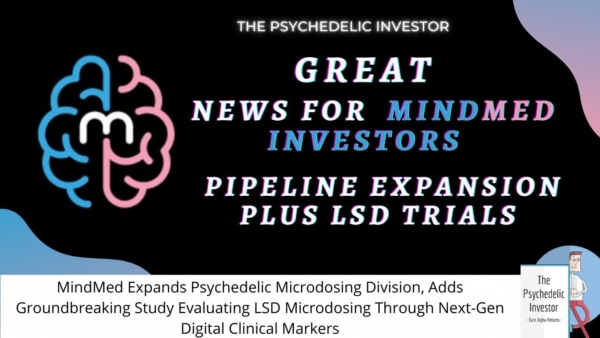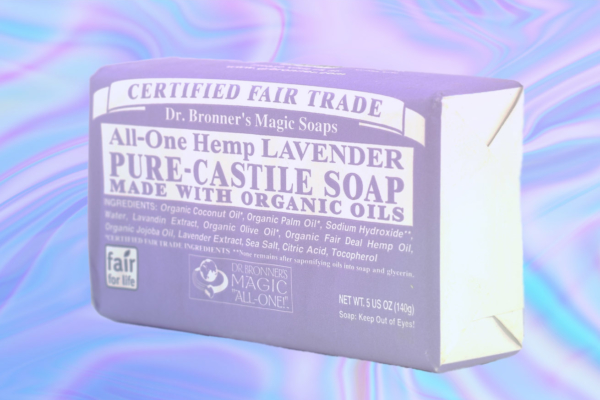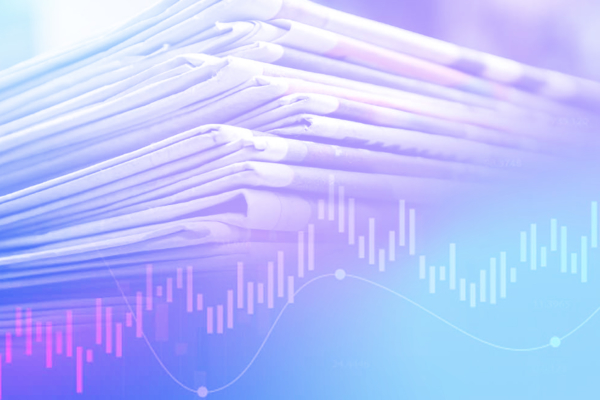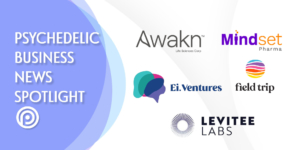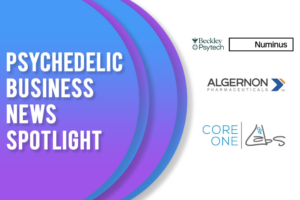
The psychedelic drug market is projected to nearly double over the next five years, according to Fairfield Market Research.
The company conducted an extensive analysis on the market, and forecasts it will rise from its current value of $3.2 billion to $6.3 billion by 2026.
“The market is poised to benefit from the high prevalence of mental health diseases and conditions that are on the rise and a growing pool of patients with unmet treatment needs,” the report reads.
The World Health Organization (WHO) estimates 264 million people, worldwide, are suffering from depression, and 971 million people are suffering from a mental health issue.
As traditional drug treatments and therapies are not effectively combatting the mental health crisis, Fairfield argues that psychedelic substances could see a boost in demand in the coming years. “These statistics put together [about mental health rates] are expected to generate a demand for psychedelic drugs as diagnosis, therapy, and mental health awareness programmes gain emphasis at individual and institutional levels.”
Investment Boost and Positive Clinical Results for Psychedelics
In addition to this, Fairfield highlights the significant potential in psychedelic substances to effectively treat various mental health issues.
For example, MAPS, a nonprofit dedicated to the study and understanding of psychedelics, recently completed the first phase III study of MDMA for PTSD. Not only was this the first phase III study of any psychedelic, but the results were overwhelmingly positive; by the end of the study, 67% of the participants no longer experienced symptoms of PTSD. These positive results demonstrate the high potential for psychedelic substances to be adopted into mainstream therapeutic protocols in the coming years.
The positive results of various clinical trials with psychedelics has been coupled with a large amount of capital investment into psychedelic biotech companies. As more companies are seeing the potential of psychedelics to treat mental health issues, the field expands. Over 200 companies that specifically focus on psychedelic substances currently exist in Europe and North America, and several of these have notably been listed on major US stock exchanges.
High Cost and Complexity of Psychedelic Therapy
However, despite the demonstrable potential of, for example, MDMA to treat PTSD, Fairfield also highlights that the nature of psychedelic therapy is both complex and costly.
Psychedelic therapy often requires many sessions surrounding the dosing day, where patients have to undergo sufficient preparation and integration with one or two trained therapists to fully benefit from the therapeutic effects of the psychedelic. As well as this, the psychedelic dosing session usually lasts for six hours, depending on the dosage and patient. This means that the process of psychedelic therapy is more time-intensive than talking therapy, which, of course, typically lasts for around one hour per session.
The training of psychedelic therapists may also hinder the growth of the psychedelic drugs market. The length of time and costly nature of training psychedelic therapists may mean that there are not a sufficient number of therapists required for the psychedelic drugs market to reach its full potential over the next five years.
Moreover, if psychedelics do become more integrated into mental healthcare, treatment reimbursement (that is, how much an insurer pays for the treatment) is complicated by the nature of psychedelic therapy.
Fairfield writes, “For drug [psychedelic] plus therapy combinations, the processes of receiving reimbursement are complicated and equally fragmented in many countries.” The growth of the market will therefore depend on how current reimbursement systems adapt to the integration of psychedelic therapy into mental health treatment.
